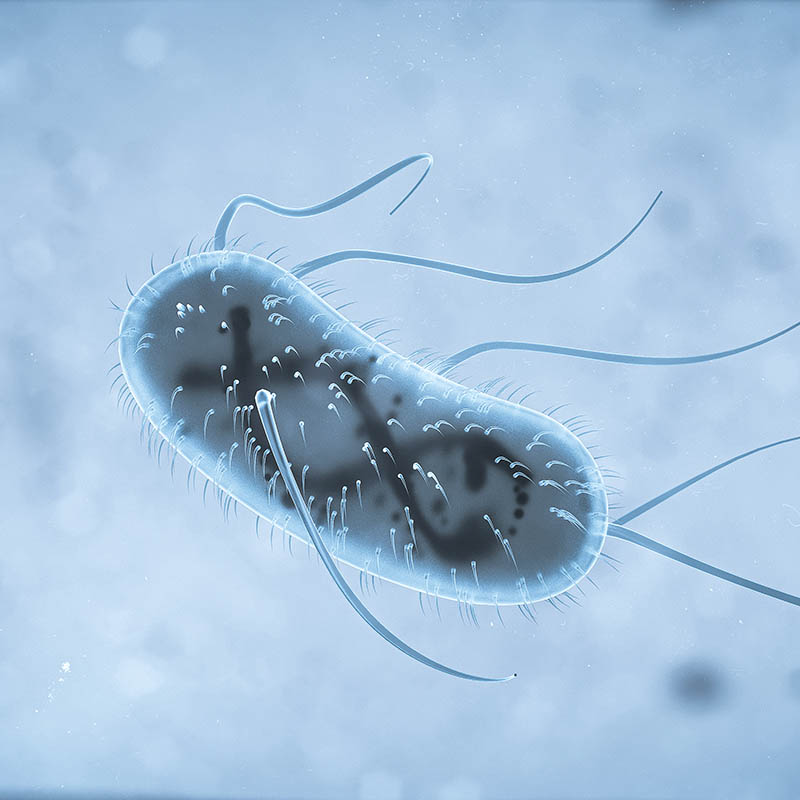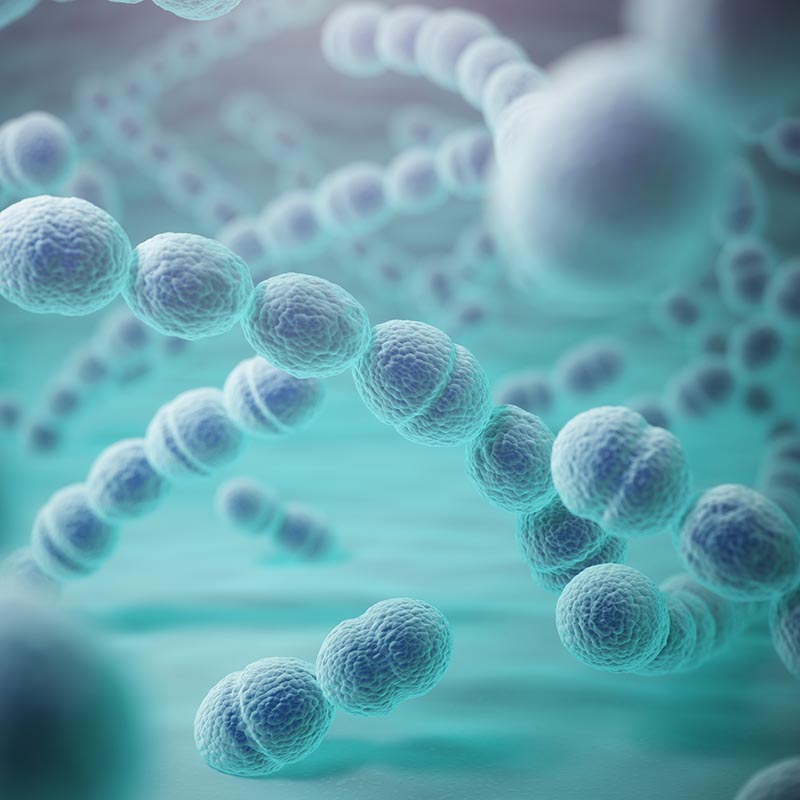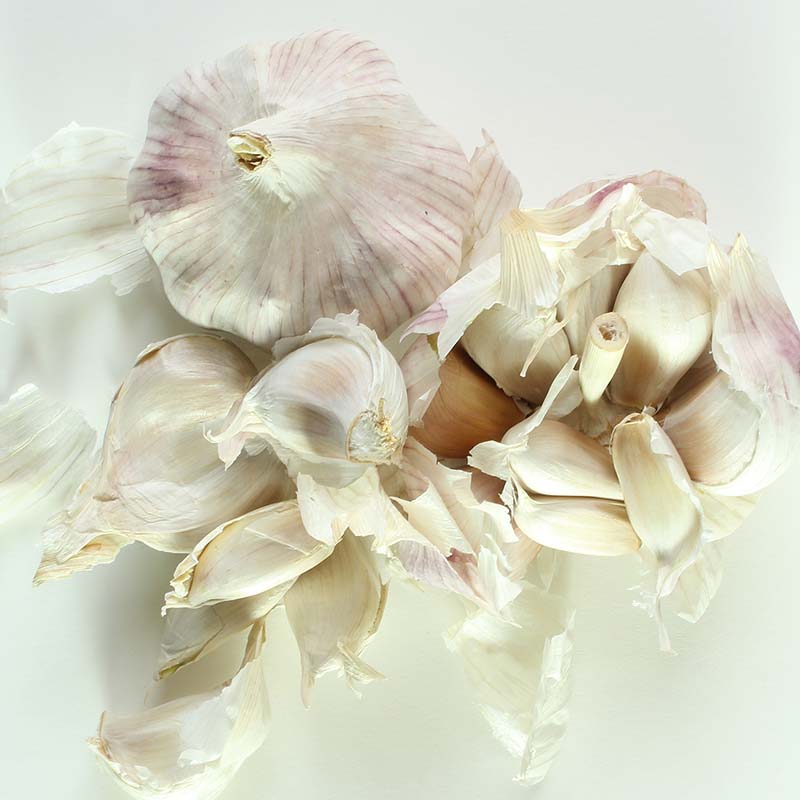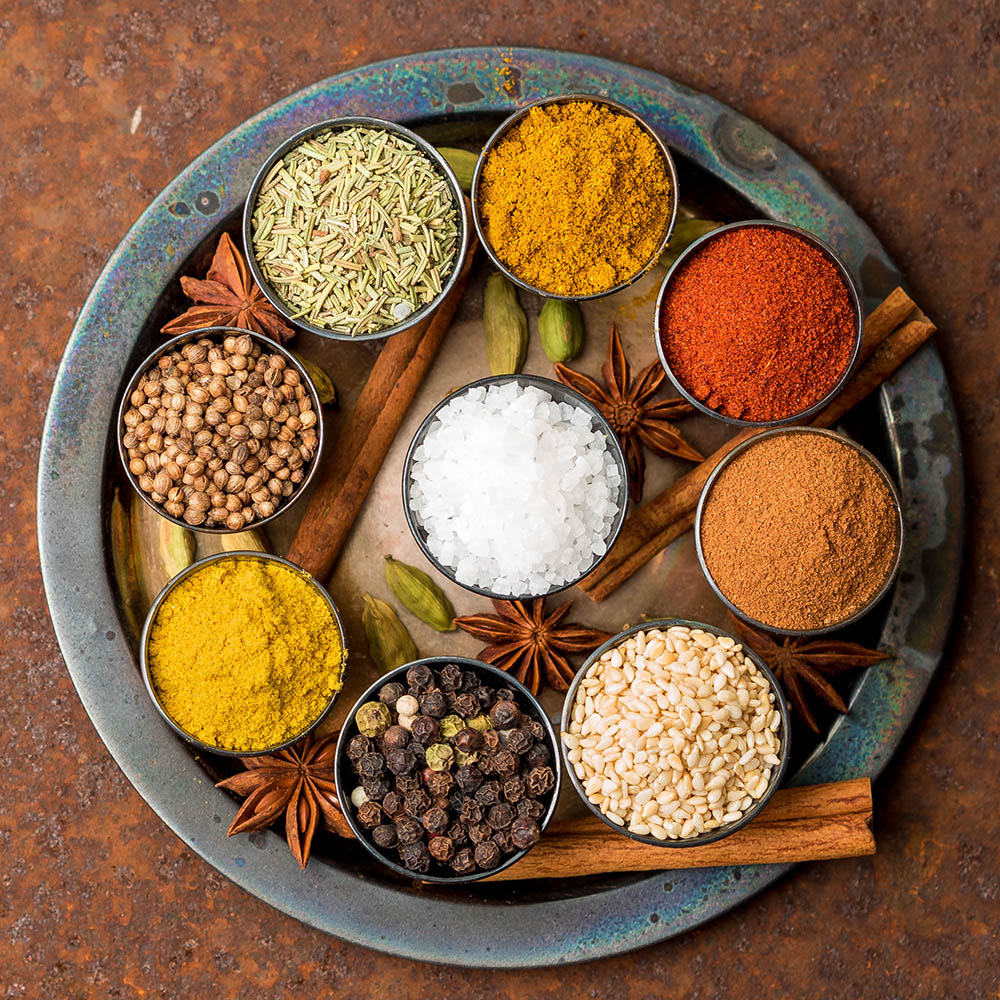Battle of the Best: Exploring Natural Alternatives to Combat E. Coli Infections

By: Meghana W.Year: 2023School: Deerfield ElementaryGrade: 6Science Teacher: Aimee Rosser In today’s world, E. Coli outbreaks have become increasingly common, claiming countless lives. While lab-made antibiotics against E. Coli do exist, they often remain inaccessible to underserved and rural populations due to cost and limited facilities. Additionally, the bacterium has developed increased resistance to antibiotics, emphasizing the need …






